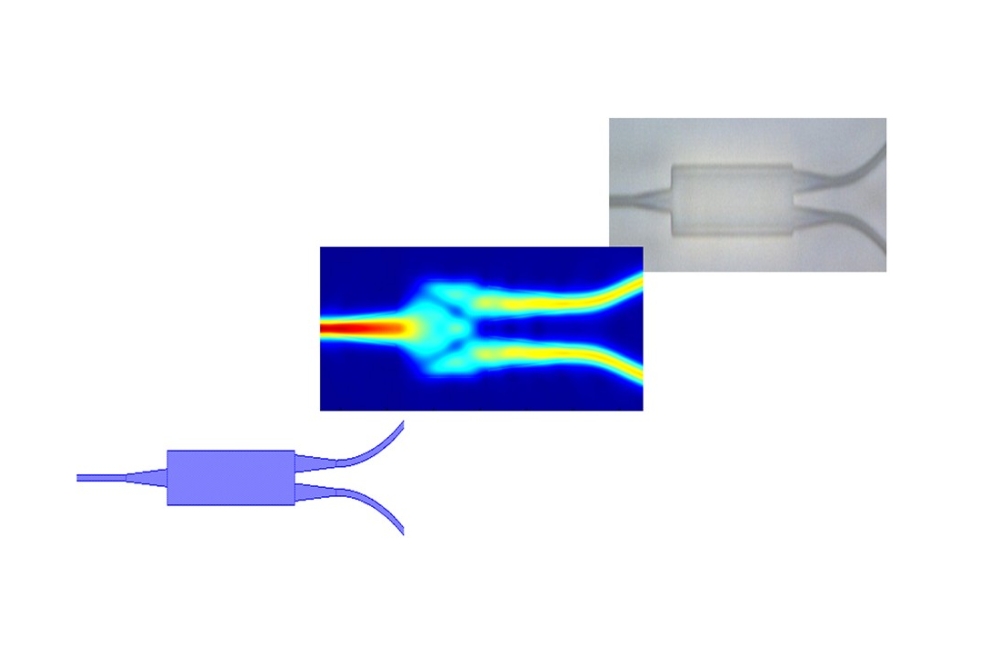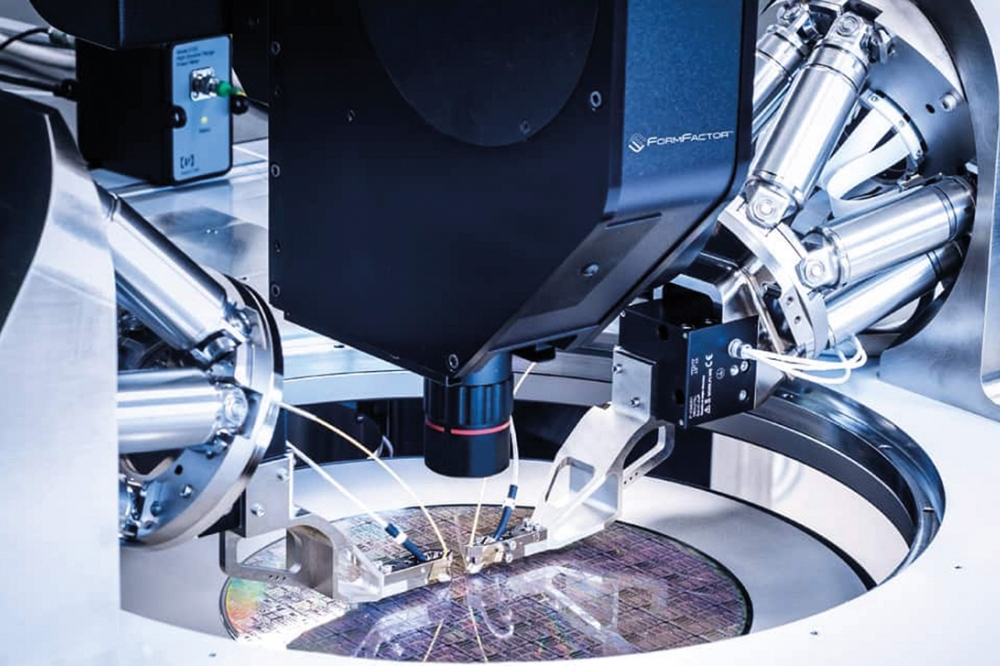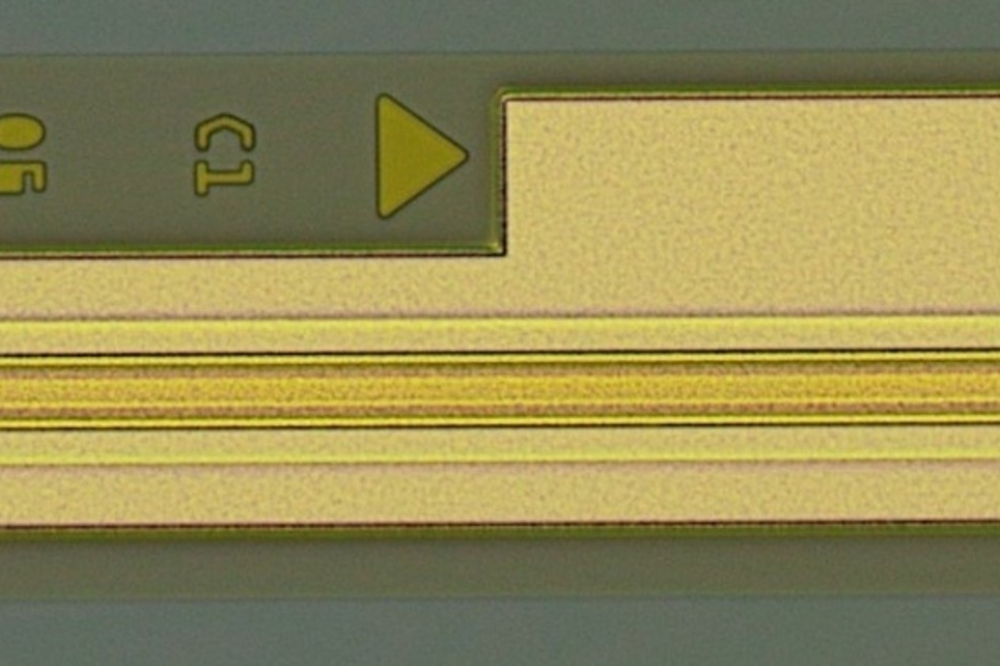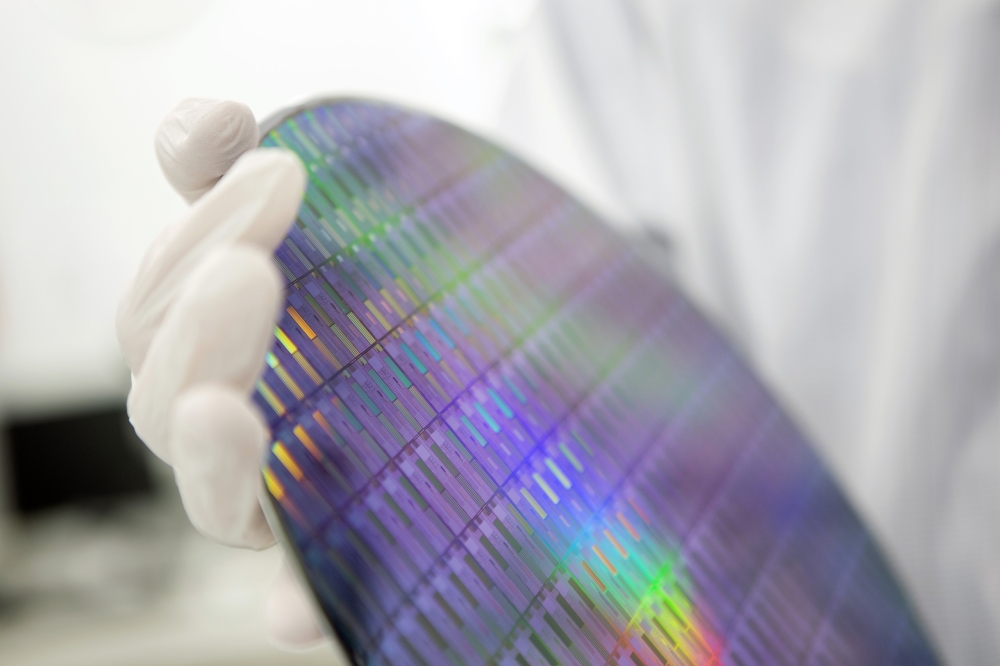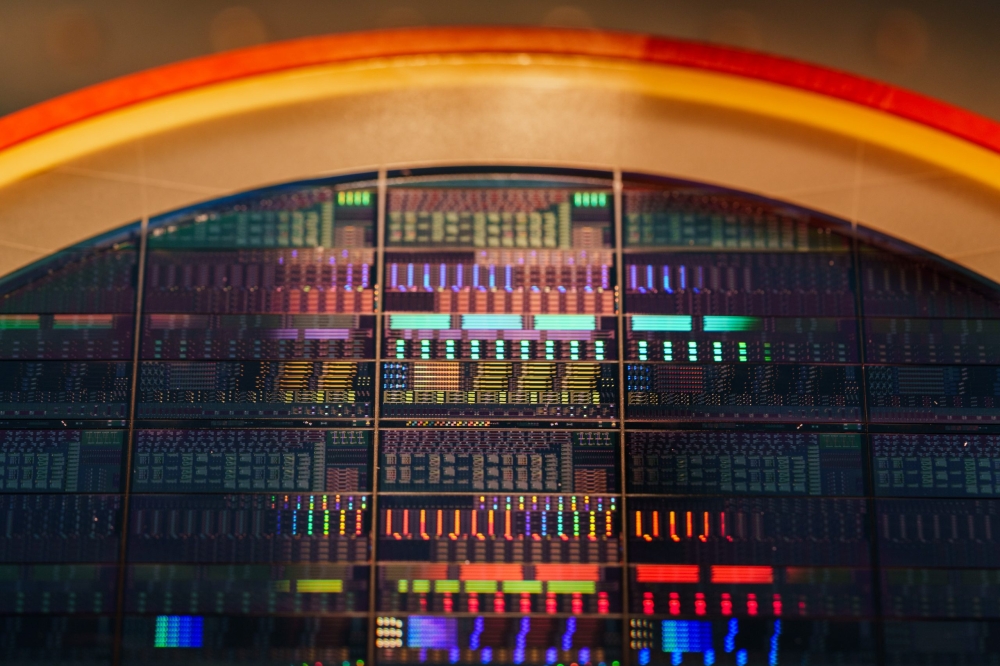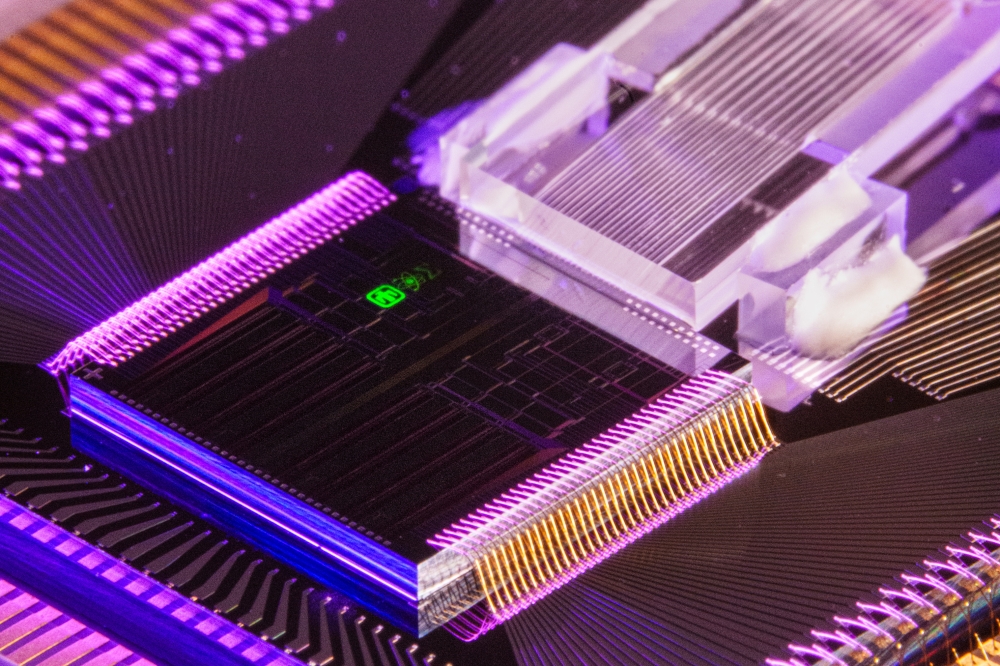Coriant accelerate OS integration

Coriant, a supplier of SDN-enabled end-to-end packet optical networking and DCI solutions, has introduced Open Line System (OLS) capabilities for the Coriant Groove G30 DCI Platform with the aim of delivering density and flexibility in a highly compact and modular 1RU form factor.
The open, plug-and-play optical layer solution is designed to provide network operators with high configuration flexibility and cost-efficiency for diverse Data Centre Interconnect (DCI) and metro applications, including coherent and direct detect (PAM4) interconnect.
"By focusing on advances in miniaturization and pluggable packaging, Coriant is redefining what it means to be modular and open." said Tim Doiron, Principal Analyst, Intelligent Networking, ACG Research.
The Coriant Groove OLS solution is designed to simplify service deployment and accelerate OS integration with open Northbound Interfaces (NBI) using YANG model-based NETCONF and RESTCONF, as well as an easy-to-use Command Line Interface (CLI), web-based Graphical User Interface (GUI), and support for SNMP. Designed to support up to 96 channels (wavelengths) in a 1RU form factor with full DWDM terminal capabilities, including all passive and active functions, the Coriant Groove OLS solution in combination with open management capabilities, is described as setting new benchmarks in flexibility and efficiency.
Game-changing Innovation
Purpose-built as a disaggregated and compact optical layer to manage surging data traffic, the Coriant Groove OLS solution aims to provide key benefits including an open line system to prevent vendor lock-in, optical layer density, high levels of configuration flexibility as well as open management.
"Growth in interconnect traffic is driving the need for much more open and flexible optical layer solutions," said Yajun Wang, Chief Architect, Open Line System, Coriant. "The Coriant Groove OLS solution is architected to meet the requirements of ongoing open optical layer initiatives, enabling operators to cost-effectively deploy a future-proof optical layer."














